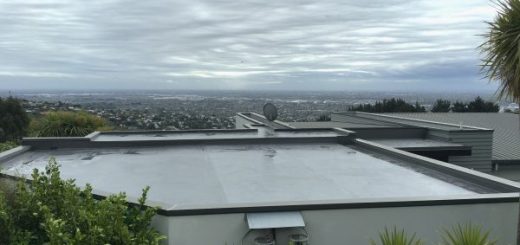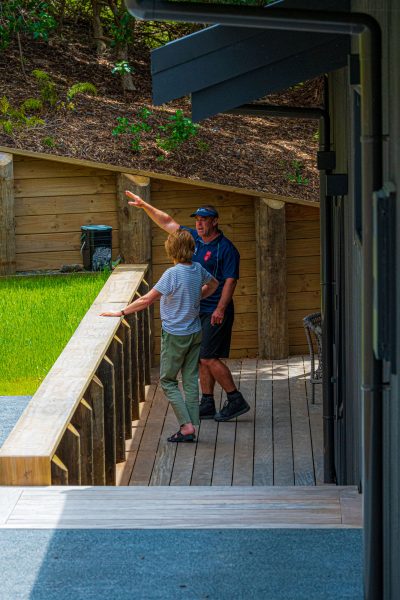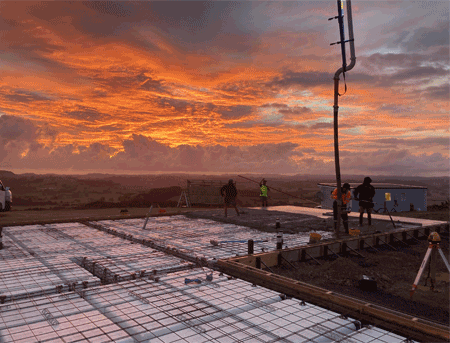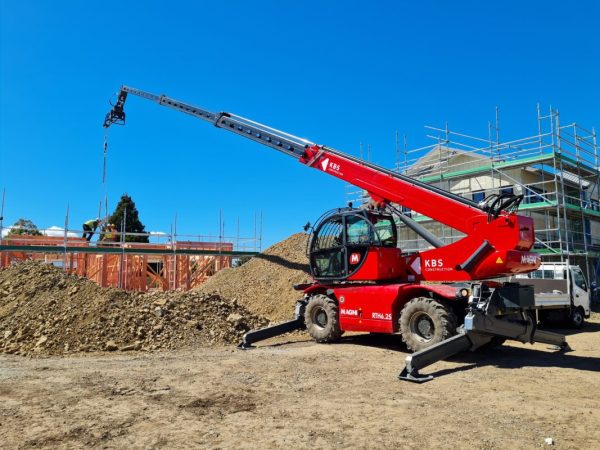Common Building Challenges in Northland and How to Overcome Them
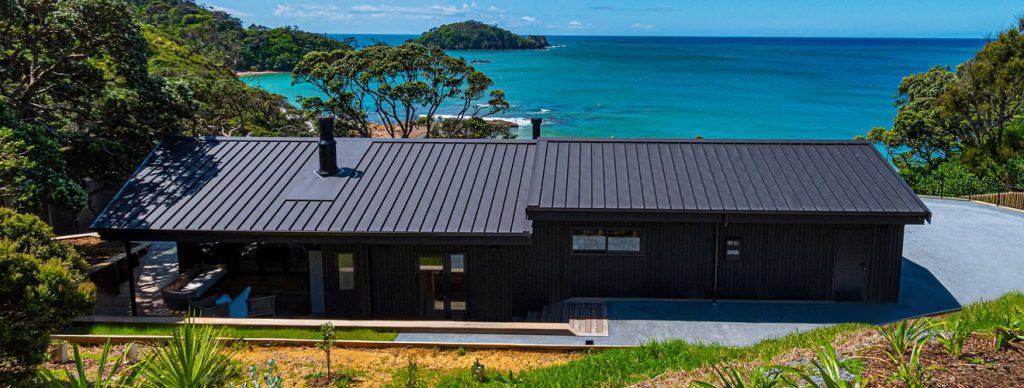
Northland, New Zealand’s subtropical paradise, boasts stunning coastlines, lush native forests, and a relaxed pace of life. This idyllic setting also presents unique considerations for building projects. Understanding and preparing for Northland’s specific challenges is essential for a successful and stress-free build. Here at Coastal Construction, we have extensive experience navigating these challenges and ensuring your dream home becomes a reality.
Weather Conditions
Northland’s subtropical climate is known for its warm temperatures, abundant sunshine, and rainfall. This rainfall contributes to the region’s flourishing landscapes and creates a perfect environment for growing things year-round. However, when building your dream home, it’s important to factor in these weather patterns. Here’s how Coastal Construction ensures a smooth building process:
- Building Schedule Flexibility: Our experienced team understands Northland’s weather patterns and incorporates this knowledge into the building schedule to minimise disruptions.
- Weatherproof Materials: We use high-quality, weather-resistant materials specifically chosen to withstand Northland’s climate.
- Effective Drainage Systems: We design and implement robust drainage systems to ensure proper water management on the site.
Coastal Proximity
Challenge: Salt-laden air and potential for corrosion
Northland’s beautiful coastlines come with a unique challenge for building projects: salt-laden air. Salt spray carried by sea breezes can accelerate the wear and tear of structures, particularly metal components. This can lead to rust, corrosion, and ultimately, shortened life spans for certain building materials.
Solutions:
- Using corrosion-resistant materials: By selecting materials that can withstand the harsh coastal environment, you can ensure a longer lifespan for your building. This may include stainless steel for fasteners and railings, or using treated timber specifically designed for coastal applications.
- Regular maintenance and inspections: Regular inspections and maintenance are crucial for any building, but especially important in coastal areas. Proactive maintenance helps identify and address any potential corrosion issues before they become major problems.
- Applying protective coatings and sealants: Applying protective coatings and sealants to vulnerable surfaces can provide an extra layer of defence against salt spray and corrosion. These coatings can be applied to metal, wood, and concrete surfaces.
Soil Quality and Terrain
Challenge: Varied soil types and hilly terrain
Northland’s diverse landscape presents both beauty and challenges for construction. The soil types can vary greatly, from clay soils that can hold water and become unstable to sandy soils that may not provide a firm foundation. Additionally, Northland’s terrain can be hilly, which can add complexity to the building process.
Impact:
- Foundation stability issues: Improper foundations built on unsuitable soil types can lead to cracking, settling, and other structural problems.
- Erosion: Hilly terrain and loose soils can be more susceptible to erosion during construction, potentially impacting the building site and surrounding areas.
- Difficulties in excavation: Depending on the soil type and terrain, excavation for foundations and basements can be more challenging and time-consuming.
Solutions:
- Conducting thorough soil tests before construction: A thorough soil test will identify the specific soil types on your building site and their load-bearing capacity. This information is crucial for designing a safe and secure foundation for your building.
- Designing appropriate foundation systems: Based on the soil test results, an engineer can design a foundation system that is suitable for the specific soil conditions. This may involve deep piles, reinforced slabs, or other foundation types.
- Implementing erosion control measures: Erosion control measures such as retaining walls, proper drainage, and strategic landscaping can help minimise soil erosion during construction.
Compliance with Local Regulations
Challenge: Navigating Northland’s building codes and zoning laws
Northland, like all regions in New Zealand, has its own set of building codes and zoning laws. These regulations are in place to ensure the safety and quality of new buildings, and to protect the environment. However, navigating these regulations can be a complex process for homeowners and builders alike.
Impact:
- Potential delays: Failing to comply with local regulations can lead to delays in the building approval process, and may require rework to meet code requirements.
- Additional costs: Non-compliance can also result in additional costs, such as fines or having to pay for remedial work.
Solutions:
- Staying updated with local regulations: Building codes and zoning laws can change over time, so it’s important to stay up-to-date on the latest requirements. This can be done by consulting with a qualified builder or building surveyor familiar with Northland regulations.
- Engaging with local authorities early in the planning process: Early communication with your local council can help ensure your building plans meet all code requirements. This can save time and frustration later in the process.
- Working with experienced builders familiar with Northland’s regulatory environment: An experienced builder who understands Northland’s specific regulations can guide you through the process and help ensure your project complies with all local requirements.
Access to Remote Sites
Challenge: Limited access to remote or rural building sites
Some building projects in Northland may be located on remote or rural sites with limited access. This can present logistical challenges for builders.
Impact:
- Logistical difficulties: Delivering building materials and equipment to remote sites can be more complex and time-consuming.
- Increased transportation costs: The additional distance and potential challenges of transporting materials can lead to higher transportation costs.
- Extended timelines: Logistical hurdles can add time to the overall building project timeline.
Solutions:
Planning efficient supply chains and logistics: An experienced builder will plan and implement efficient logistics strategies to get materials and equipment to the building site in a timely and cost-effective manner.
Using modular or prefabricated building components: Utilising prefabricated building components can streamline the construction process and reduce the need for on-site construction activities.
Hiring local subcontractors familiar with the area: Working with subcontractors who are familiar with the local area and access routes can help overcome logistical challenges.
Conclusion
Northland’s breathtaking scenery and unique environment come with specific considerations for building projects. Understanding the challenges of frequent rain, high humidity, coastal proximity, varied soil types, and local regulations is crucial for a successful build.
However, these challenges needn’t be daunting. By working with an experienced builder familiar with Northland’s building environment, you can navigate these challenges and achieve your dream home. Coastal Construction has extensive experience in overcoming these challenges and ensuring a smooth and successful building process throughout Northland.
Contact Coastal Construction today for a free consultation and expert advice on building in Northland.

